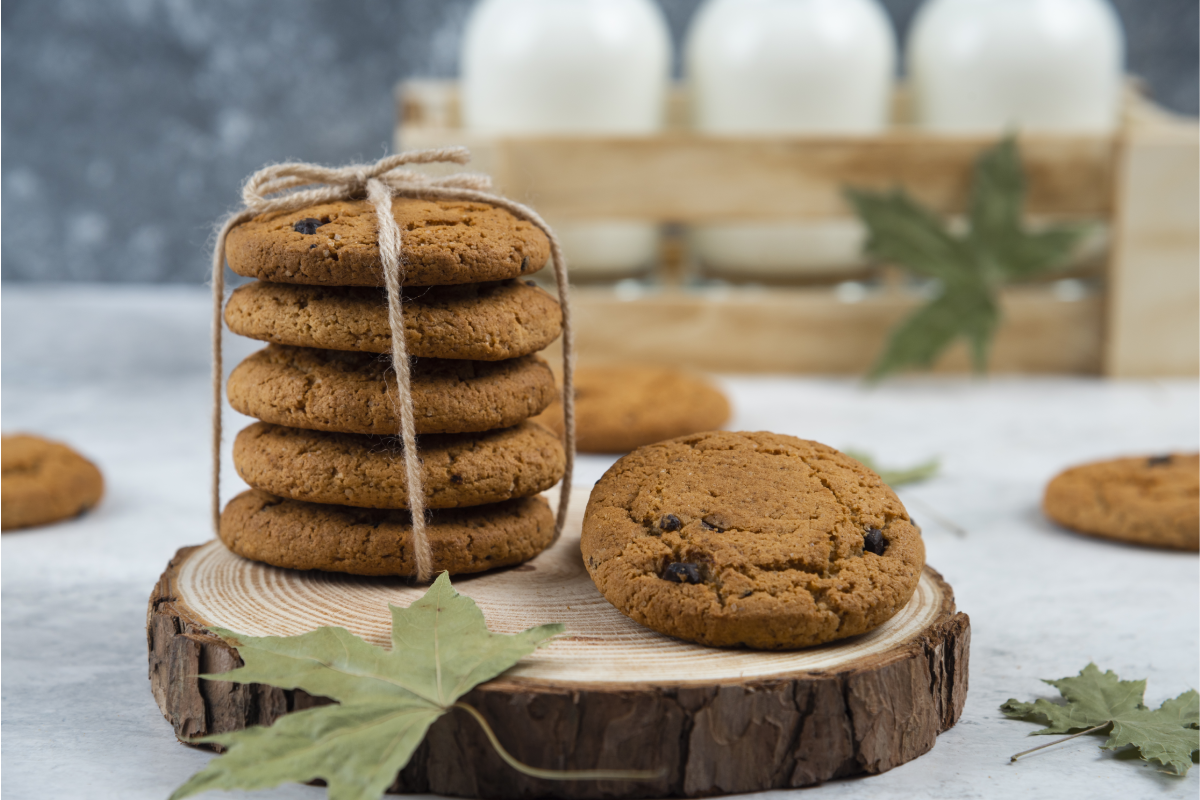Summary of the Article
In this deep dive, we unravel the delightful mysteries behind two beloved confections: Italian and Mexican wedding cookies. These treats, steeped in history and cherished across cultures, offer more than just a sweet bite; indeed, they carry tales of traditions, ingredients, and celebrations. As we peel back the layers of their powdered sugar coatings, we not only discover the unique flavors, textures, and stories that define these iconic cookies but also embark on a culinary journey that celebrates the diversity and richness of wedding cookies.
Introduction to Wedding Cookies
Ah, wedding cookies—those delectable morsels of joy that have danced across taste buds at celebrations and cozy afternoon teas alike. Have you ever paused to ponder their origins? How, one might ask, did these sugary delights, known as Italian and Mexican wedding cookies, come to grace our dessert trays?
The Multicultural Roots
The answer, my friends, is as layered as the cookies themselves. These powdery, buttery treats, with names as varied as snowballs and butterballs, are more than just a treat; indeed, they’re a confectionery chameleon, adapting names and ingredients across cultures yet always promising a melt-in-your-mouth experience.
Curiously, these cookies don’t hail from a single origin. Instead, they emerge from a rich culinary lineage that stretches back to medieval Arabic cuisine. Imagine this: spices, nuts, honey, and butter, coming together in a sweet symphony that would traverse continents to become a staple at weddings, gatherings, and, of course, afternoon teas.
Historical Twists and Taste
The tale doesn’t end there. Indeed, the Cold War era sprinkled a dash of geopolitical flavor, prompting a name change in the United States that distanced the cookies from their “Russian tea cakes” moniker. It’s a fascinating twist, akin to the renaming of freedom fries, that underscores how food and history are deliciously intertwined.
In Italy, whispers suggest these cookies have replaced the wedding cake itself in some instances. Imagine that—a world where cookies take center stage at weddings, symbolizing sweetness and unity in bite-sized form.
But what of their taste, you ask? Indeed, these cookies are a testament to the beauty of simplicity. Made from nuts—almonds or pecans, typically—butter, and powdered sugar, their crumbly yet rich texture makes them irresistible. And while traditional recipes lean towards pecans, modern variations welcome almonds, walnuts, and even flavor twists with anise or amaretto.
So, whether you know them as Italian or Mexican wedding cookies, one thing’s for certain: they’re a treat that transcends borders, bringing joy and a touch of sweetness to any occasion. Let’s continue to unravel the layers of their delicious story as we delve deeper into their origins and significance. Moreover, we invite you to discover the traditions and recipes behind Mexican cookies, offering a glimpse into the broader world of Mexican wedding cookies and their place within a rich cultural tapestry.Discover the traditions and recipes behind Mexican cookies, offering a glimpse into the broader world of Mexican wedding cookies and their place within a rich cultural tapestry.
Origin and Historical Context
Diving into the crumbly, sugary depths of wedding cookies, we embark on a journey that spans continents and centuries. The roots of these beloved cookies trace back to medieval times, in the aromatic kitchens of the Arabic world.
The Birth of a Classic
Here, the marriage of spices, nuts, honey, and butter gave rise to the ancestors of today’s wedding cookies—a testament to the enduring allure of simple, yet profound flavors. As these treats journeyed to Europe, they wove themselves into the fabric of various cultures, each adding its own twist to the recipe.
A Turn in the New World
However, it was in the United States that their identity took a curious turn. Amid the chill of the Cold War, “Russian tea cakes” saw their name swept away by political currents, adopting monikers that shed geopolitical baggage.
Food historian Kelly Jones sheds light on this shift, linking the changing US-Russia relations to a rebranding of these cookies. This slice of culinary history echoes broader cultural shifts, reminiscent of the whimsical renaming of freedom fries.
Culinary Nomads
Yet, the story doesn’t end with a mere name change. These cookies, echoing the caravans of the Silk Road, carried their essence and ingredients across continents. The Middle East, known for its opulent desserts, hosted the early versions of these cookies, celebrating them long before they became wedding staples in the West.
This blend of flavors gradually permeated Europe, finding a cherished place in Italian culture. In Italy, these cookies transitioned from casual treats to wedding icons, sometimes even replacing the traditional wedding cake. Their simplicity, combined with rich flavors, symbolized love and unity.
The journey from medieval Arabic cuisine to contemporary wedding celebrations illustrates the cookie’s remarkable adaptability across cultures. Marked by geopolitical shifts and cultural exchanges, this journey celebrates the universal appeal of a sweet treat that brings people together.
A Pattern of Adaptation
As we trace the history of wedding cookies, a clear pattern of adaptation, celebration, and the enduring power of simple ingredients emerges. These cookies are not just desserts; they’re symbols of cultural fusion and shared human experiences, celebrating love and life’s special moments.
Stay tuned as we explore the specific traditions and tastes that define Italian wedding cookies, promising a chapter as rich and nuanced as the cookies themselves. For a broader perspective on cookie diversity, explore the 6 types of cookies to understand how wedding cookies fit into the wider cookie universe.
Italian Wedding Cookies: A Taste of Tradition

As we venture further into the heart of our cookie compendium, the Italian wedding cookie beckons with its rich heritage and buttery whispers. This section delves into the crumbly world of these Italian delights, exploring the traditional ingredients, flavors, and the special role they play in matrimonial celebrations.
Key Ingredients and Flavors
At the core of Italian wedding cookies lies a simple yet exquisite blend of ingredients: nuts and powdered sugar, bound together by the velvety embrace of butter. Traditionally, these cookies are a testament to the humble pecan, finely chopped to blend seamlessly into the dough. However, the modern palate has welcomed variations including almonds, walnuts, and the sweet allure of almond extract, offering a nod to the cookie’s adaptability and the diverse tastes of those who savor them.
The flavor of Italian wedding cookies is a dance of subtlety and depth, often enhanced by the delicate touch of anise or amaretto, instead of the more common vanilla extract. This choice of flavoring adds a distinct, aromatic quality that sets these cookies apart, making them a favored choice for celebrations and, notably, weddings.For those curious about the flavor profiles and cultural significance, delve into the taste and tradition of Mexican wedding cookies.
Serving Traditions and Occasions
In Italy, wedding cookies do not merely complement the wedding feast; in some instances, they boldly take the place of the wedding cake. This tradition underscores the cookie’s significance in Italian culture—a symbol of sweetness and unity, offered as a token of good fortune to guests and the newlyweds.
These bite-sized marvels are also a staple of dessert trays, elegantly accompanying freshly brewed coffee. Their rich, crumbly texture and nuanced flavors make them an ideal close to a meal, celebrating love and companionship with every delicate bite.
In essence, Italian wedding cookies embody the joy and warmth of Italian celebrations. They are a sweet homage to tradition, a treat that bridges generations and invites all to partake in the celebration of love.
As we savor the rich history and flavors of Italian wedding cookies, our journey continues. Next, we’ll cross the culinary border to explore their equally enchanting counterparts: Mexican wedding cookies. Join us as we uncover the unique attributes that distinguish these cookies and celebrate their place in wedding traditions and beyond.


